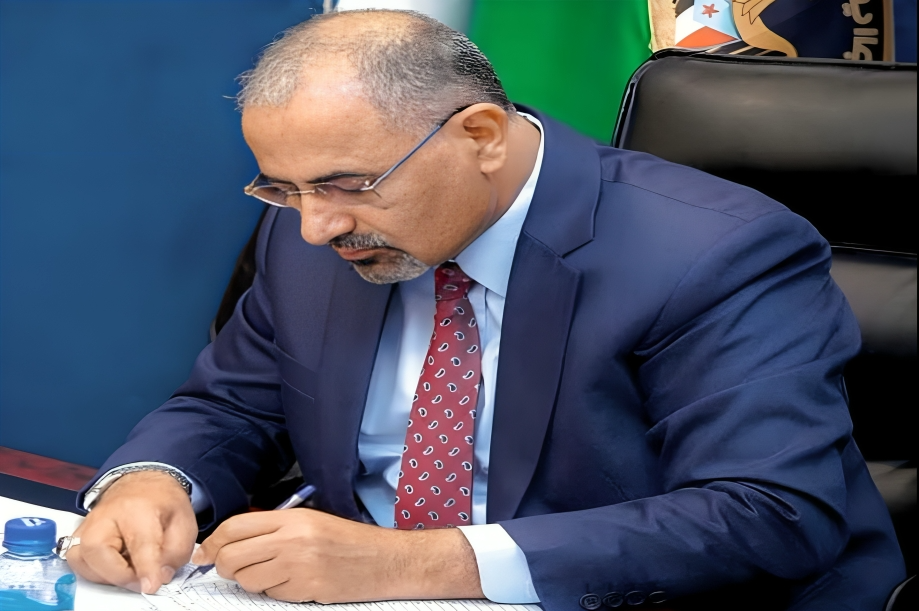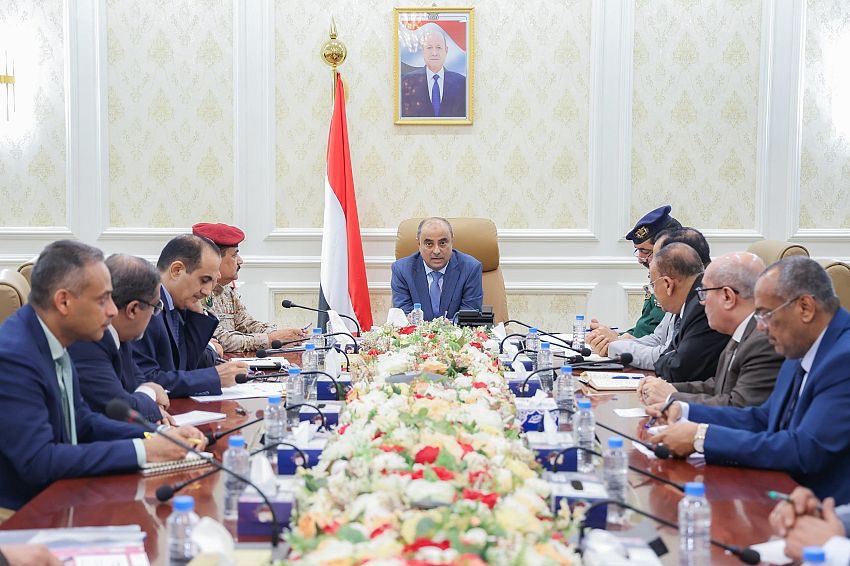
Barran Press
Located just 30 kilometers north of Damascus, Saydnaya Prison has gained notoriety as Syria's largest and most horrific facility, where the ruling Ba'ath Party has quietly executed its citizens for 38 years since its establishment in 1987.
For decades, Saydnaya has served as a central hub for the detention of political prisoners. Following the outbreak of the Syrian revolution in 2011, it transformed into a site for the incarceration of opposition activists, witnessing extreme torture and mass executions.
On Sunday morning, as news of the liberation of Damascus circulated, Syrian opposition forces announced that they had stormed Saydnaya Military Prison, freeing all detainees. Videos shared on social media depicted scenes from the prison’s monitoring room, as well as emotional reunions between released prisoners and their families.
According to reports from Al Jazeera, opposition forces successfully took control of the prison early Sunday, releasing thousands of detainees from the upper floors. However, the lower three levels—known as the Red, White, and Yellow prisons—remain isolated from the outside world, where detainees endure dire conditions.
During a tour of the prison, the reporter noted torture chambers and gallows stained with fresh blood, alongside records of detainees’ names, which families hope to use to find missing loved ones.
On the same day, the opposition declared the liberation of over 3,500 prisoners from Homs Military Prison, along with hundreds from Hama Prison.
In recent days, discussions surrounding Saydnaya Military Prison, often referred to as the "human slaughterhouse," have dominated social media, especially following the opposition’s announcement of the “Deterrence of Aggression” operation on November 27, 2024.
The hashtags #Saydnaya_Military and #Saydnaya_Prison trended on X (formerly Twitter), with survivors sharing their harrowing stories, and images of those still imprisoned for decades.
Among the voices raised, Syrian journalist Faisal Qassem described Saydnaya as "the Assad regime's crime of the century," citing the execution of 13,000 detainees by Assad's intelligence agencies. Activist Omar Madani expressed hope for liberation, while Lebanese activist Abdulrahman Al-Kassar called the moment of breaking down Saydnaya's doors one of the greatest of the 21st century.
Saudi activist Fares Al-Omari characterized Saydnaya as a "tomb and a center for the mummification of the living and the dead," highlighting its horrific torture methods. Others referred to it as a nightmare and a house of horrors, noting that countless political prisoners have spent decades inside without seeing sunlight.
In August 2017, Amnesty International labeled Saydnaya a "human slaughterhouse," documenting the secret mass hangings of 13,000 detainees between 2011 and 2015, most of whom were civilian dissidents. The organization estimated that between 10,000 and 20,000 prisoners remain in Saydnaya, where the Syrian state quietly executes its own people.
Since the revolution's onset in 2011, which has claimed over 310,000 lives, the Assad regime has faced accusations of committing war crimes. According to the Syrian Observatory for Human Rights, over 200,000 individuals remain detained or missing in regime prisons as of 2017.
The Prison’s Structure and History
Situated near the historic Christian Monastery of Saydnaya, the prison was built in 1987 and is divided into two main sections: the Red Building for political and civilian detainees and the White Building for military prisoners. While Syria has numerous prisons, particularly in Damascus, the most horrific facilities are those run by the security apparatus, with Saydnaya being one of the most infamous.
Initially constructed as a military prison for soldiers and officers accused of violating military law, it has instead become a detention center for hundreds of political prisoners, predominantly Islamists, over the years.
The Design of Saydnaya Prison: A Fortress of Torture and Control
Saydnaya Prison, notorious for its brutal conditions, features a unique architectural design that enhances its military fortifications. The facility consists of three large buildings that converge at a heavily secured area known as the "gun." Each building contains three floors, with two wings per floor, and each wing houses 20 collective cells measuring 8 meters by 6 meters, arranged in a single row and devoid of windows. Four cells share a single ventilation point, further restricting the prisoners’ environment.
The "gun" area is the most fortified part of the prison, housing ground-level cells and solitary confinement units. It is monitored around the clock to prevent inmates from seeing any aspect of the prison's structure or the faces of their guards.
A report from the Saydnaya Prisoners and Missing Persons Association outlined three security levels within the facility. The Military Police (Third Division of the Syrian Army) serves as the first line of defense, protecting the outer walls from security threats and preventing escapes. Units from the 21st Brigade, also part of the Third Division, are responsible for internal security and inmate discipline. The prison is surrounded by minefields—one for personnel and another for tanks.
Additionally, a specialized unit monitors both landline and wireless communications entering and leaving the prison, as well as nearby wireless signals.
Inmate Classification and History
Inmates at Saydnaya Prison are typically classified based on their political charges. The facility has housed members of the Muslim Brotherhood, the Islamic Liberation Party, and the Tripoli Unification Movement. It also detained Lebanese individuals from various factions opposed to Syria, Palestinians with ties to the Syrian opposition, communists, and members of various Kurdish parties, along with some Syrian military personnel.
Following the 2003 invasion of Iraq, Saydnaya began accommodating Arab volunteers returning from combat in Iraq and members of Al-Qaeda. Over time, it evolved into a "jihadist prison" due to the increasing number of detainees returning from Iraq.
The Salt Rooms
Among the prison's grim features are the salt rooms, where the floors are filled with 20 to 30 centimeters of salt. These rooms are used for psychological torture and to store the bodies of detainees who have died from torture or starvation. Each corpse is marked with a number and left in the salt for 48 hours before being transported to Tishreen Military Hospital for examination and death certification, after which they are sent to the military police's prison branch and eventually to mass graves.
The First Mutiny at Saydnaya
Life for Saydnaya's inmates changed slightly during the tenure of Colonel Louay Youssef, who was described as "understanding and open." He attempted to reform the prison's policies, allowing family visits and engaging with inmates personally. One of his notable decisions was to integrate inmates in shared cells regardless of their political charges. This led to tensions, particularly when he combined "hardline Islamists" with those accused of espionage for Israel, culminating in a murder at the end of 2005.
Following this incident, Saydnaya entered a new phase of severity. A new director, Ali Khair Bek, imposed harsh penalties on the Islamists and cut off electricity to the entire prison for months. In March 2008, when a guard discovered an electrical line in a cell, the director began torturing the wing leader and subsequently all inmates. This attempt to regain control led to a rebellion, with some prisoners managing to escape their captors, resulting in chaotic clashes.
Investigative reports revealed that the uprising coincided with preparations for the Arab Summit in Damascus on March 29, 2008. Authorities sought to contain the situation discreetly, dispatching security chiefs to negotiate with inmate representatives. An agreement was reached to end the rebellion, which included halting the punitive measures imposed by Khair Bek, allowing visits, and improving detention conditions.
Months of Rebellion
However, a state of insurrection and disorder persisted for several months until July 5, 2008, when authorities decided to convert Saydnaya into a disciplinary prison. Military police began executing arbitrary punitive measures, leading to a mass uprising. One inmate managed to capture several soldiers with the help of fellow detainees, prompting the state to seal off the prison and unleash random gunfire and tear gas.
Ali Khair Bek was removed, and Brigadier General Talat Mahfoud, a former director of Palmyra Prison, was appointed to restore order. The state sent a personal envoy from President Bashar al-Assad to resolve the crisis, forming a committee of six inmates to represent their interests. An agreement was reached to exchange batches of police for injured inmates needing medical care.
However, those sent to the hospital faced further torture, and many were killed under duress. After several days, all captured police officers were released, but the prison remained on high alert.
The Final Solution
The crisis dragged on for several months, with the state imposing a total blockade on the prison, cutting off food, water, and electricity. On December 6, 2008, the final and most severe phase began, as the government dispatched cranes and fire trucks to surround the facility, deploying snipers to target inmates indiscriminately.
Attempts by prisoners to dig an escape tunnel failed, and by late December 2008, the Syrian government decided to evacuate Saydnaya, transferring detainees to Adra Civil Prison. The facility was cleared of all inmates except for 20 who refused to leave. After a thorough search, many of them were killed or arrested, marking the end of the rebellion that lasted nearly nine months. Subsequently, over 100 individuals were summoned for interrogation on charges of leading the mutiny, with six sentenced to death. Following these events, Saydnaya became infamously known as the "Red Prison."





